Now What?! Behind the Scenes of Clarity, Courage & Confidence
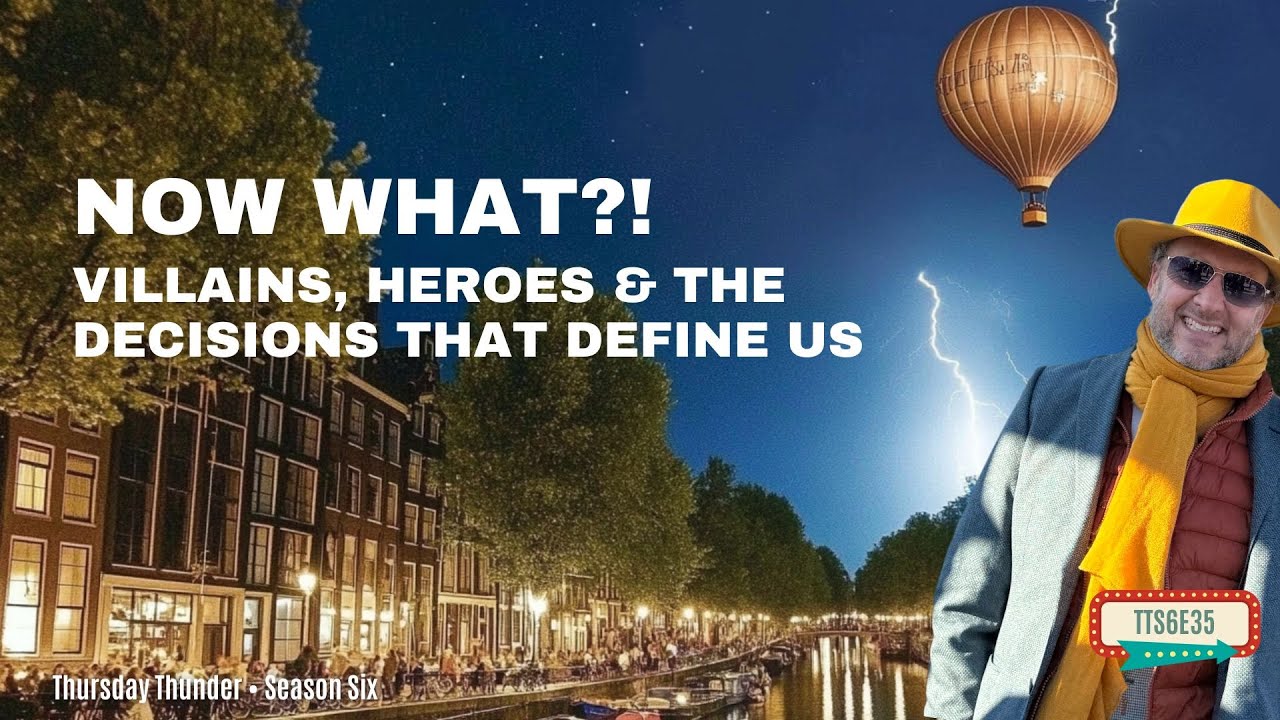
Hi — Bradley here. If you caught my early-morning brain dump, this is the written version: a behind-the-scenes look at the mess, the spreadsheet, and the tiny sparks of clarity that happen when you wrestle with the big question: "Now what?" In that video I walked through the Villain → Hero → Guide framework I'm building, shared how I named characters like Focused Finn, Present Priya, and Visionary Violet, and asked for your help. This article collects that process, the thinking behind it, and practical ways you can use the framework for your own decisions.
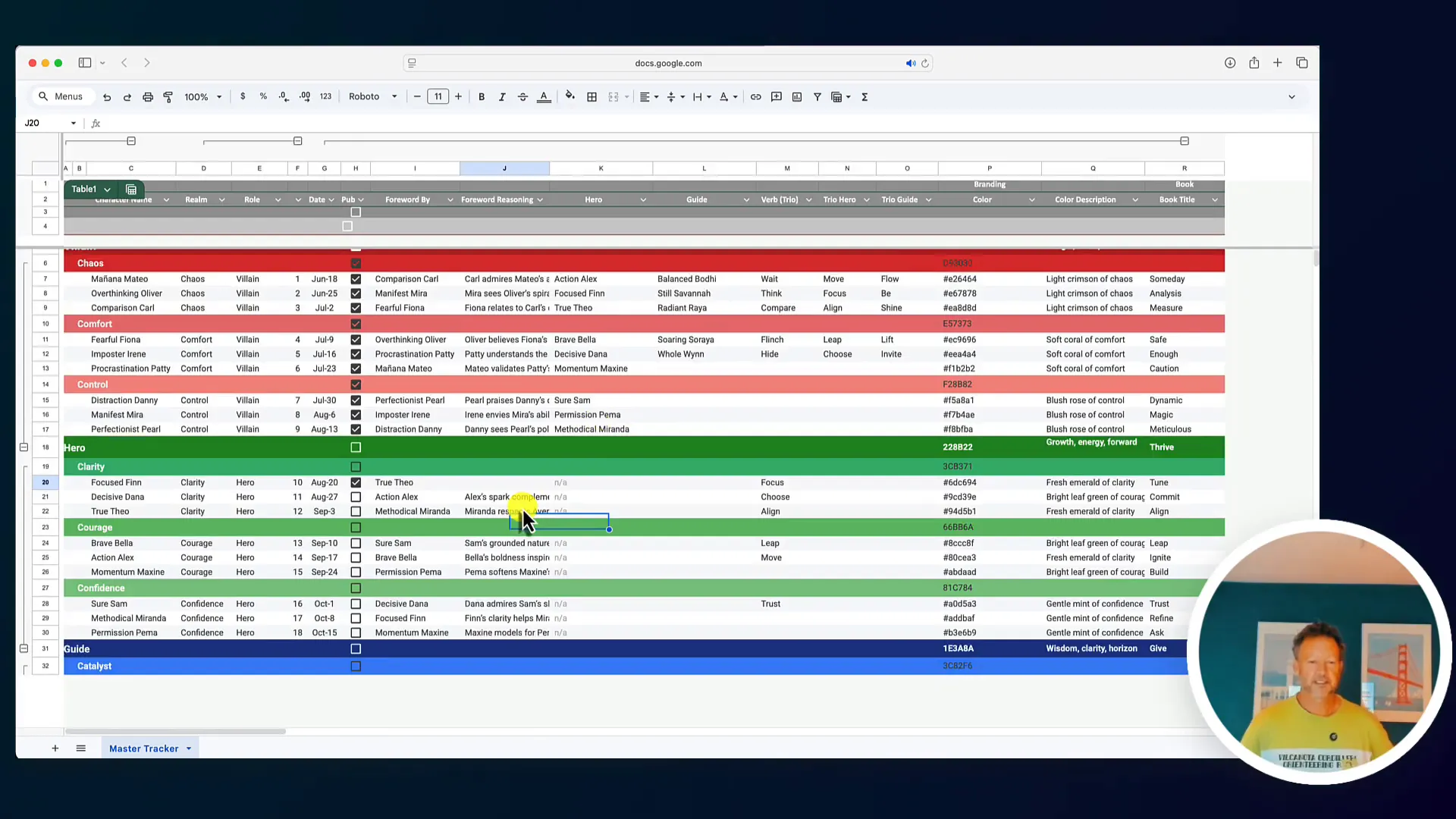
Table of Contents
- Outline
- Why "Now what?" matters
- The Villain → Hero → Guide framework
- Clarity, Courage, Confidence — the trilogy
- How I actually made a massive decision (my move to Europe)
- How to use the 27-character system to make decisions
- What I learned during this early-morning session
- Invitation: interviews and collaboration
- Practical checklist: One-week clarity sprint
- FAQ
- Conclusion — a short, messy encouragement
Outline
- Why "Now what?" is the question we keep asking
- The Villain → Hero → Guide framework (what it means and why it works)
- The three realms that villains live in: Chaos, Comfort, Control
- How I map heroes to clarity, courage, and confidence — and why I got stuck
- A personal example: moving to Europe — how clarity + courage + confidence played out
- How you can use the 27-character system to diagnose decisions and take action
- FAQ
Why "Now what?" matters
At some point in life a decision lands — big or small — and you end up on the other side asking, "Now what?" It could be the new grad wondering what job to take, or the mid-career person facing a reinvention. That was the question I’ve been living with for the last year and a half, and it’s the title of the main project I’m building.
"Now what?"
It’s a simple question that opens up a lot of complexity: How did I make that decision? What stopped me? What pushed me forward? Who do I need on my shoulder to take the next step?
The Villain → Hero → Guide framework
Think of the villain as the voice that holds you back, the hero as the version of you that gets the job done, and the guide as the wiser self you want to become. I created 27 characters across these three layers so people can quickly identify patterns in their own decision-making.
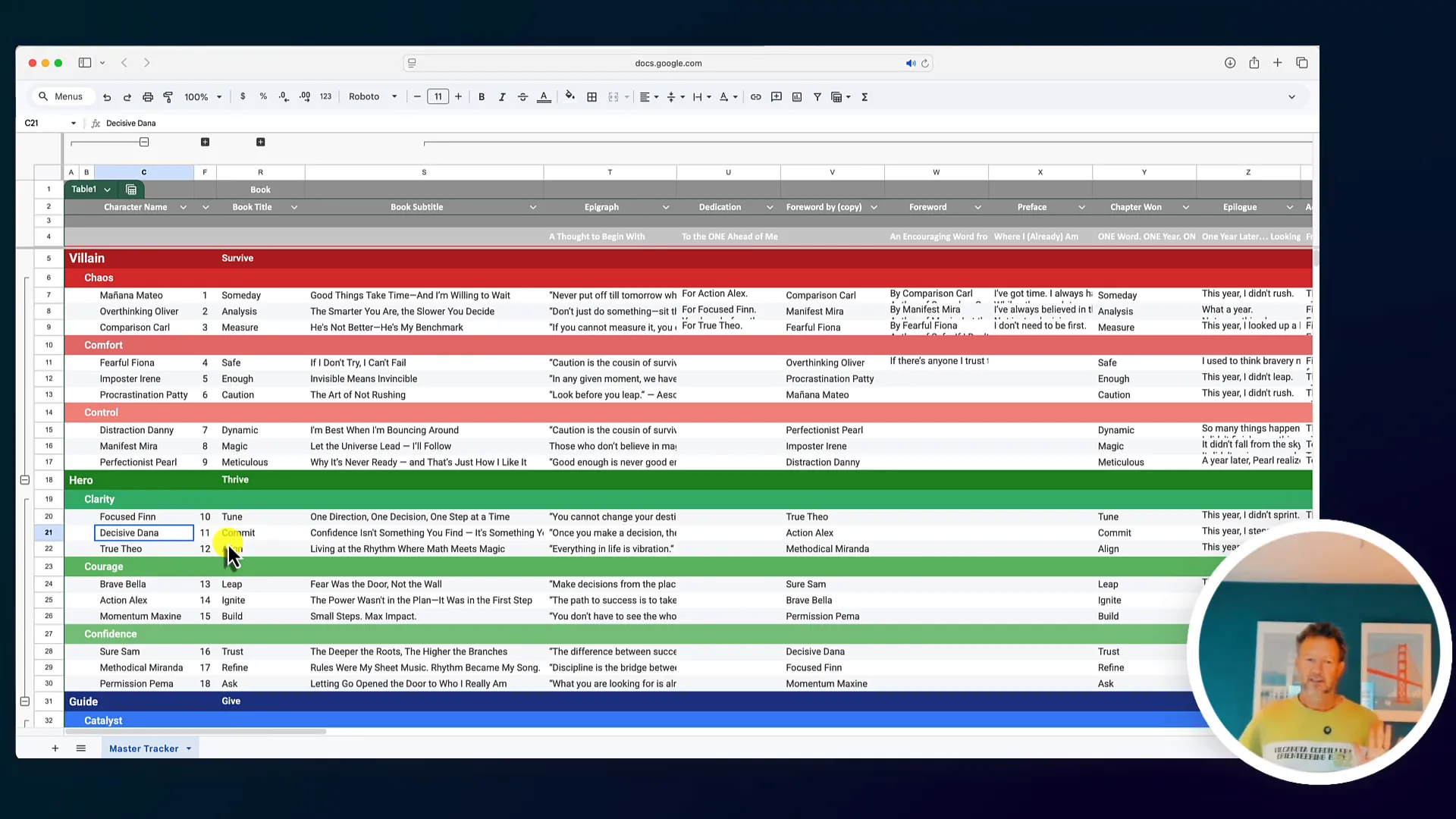
Important idea: we’re not just one character. We’re many at once. Today you might be Distraction Danny; next week you might step into Focused Finn. The framework is a diagnostic tool to help you spot which voice is dominating.
The three villain realms
- Chaos — confusion, distraction, overwhelm (e.g., Distraction Danny)
- Comfort — complacency and avoidance (e.g., Someday Amadeo, Procrastination Patty)
- Control — over-analysis and fear of risk (e.g., Comparison Carl, Overthinking Oliver)
Each realm points to different needs when you’re deciding: mind, heart, or gut. That mapping became one of the puzzles I worked through on camera.
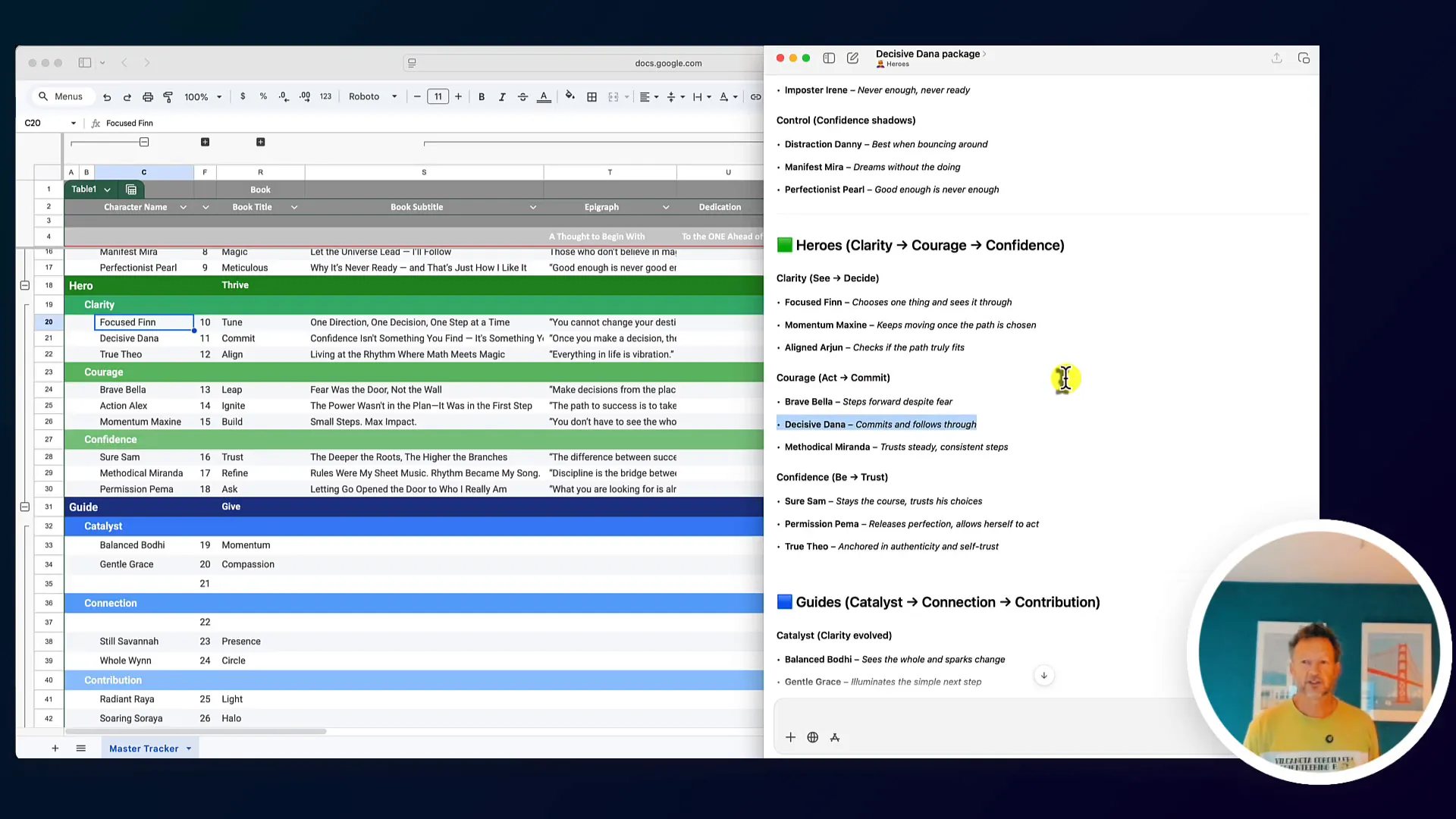
Clarity, Courage, Confidence — the trilogy
I’ve been talking about clarity, courage, and confidence for years. They’re the trilogy of transformation. But mapping specific hero characters to those three ideas created friction for me — especially in the clarity realm.
Here’s what emerged during the session:
- Clarity — Focused Finn (chooses one thing), Present Priya (clarity through presence), Visionary Violet (clarity through foresight)
- Courage — Brave Bella (steps forward despite fear), Methodical Miranda (habit-driven courage), Decisive Dana (commitment)
- Confidence — True Theo (authentic self-trust), Sure Sam (stays the course), Permission Thema (opens to higher guidance)
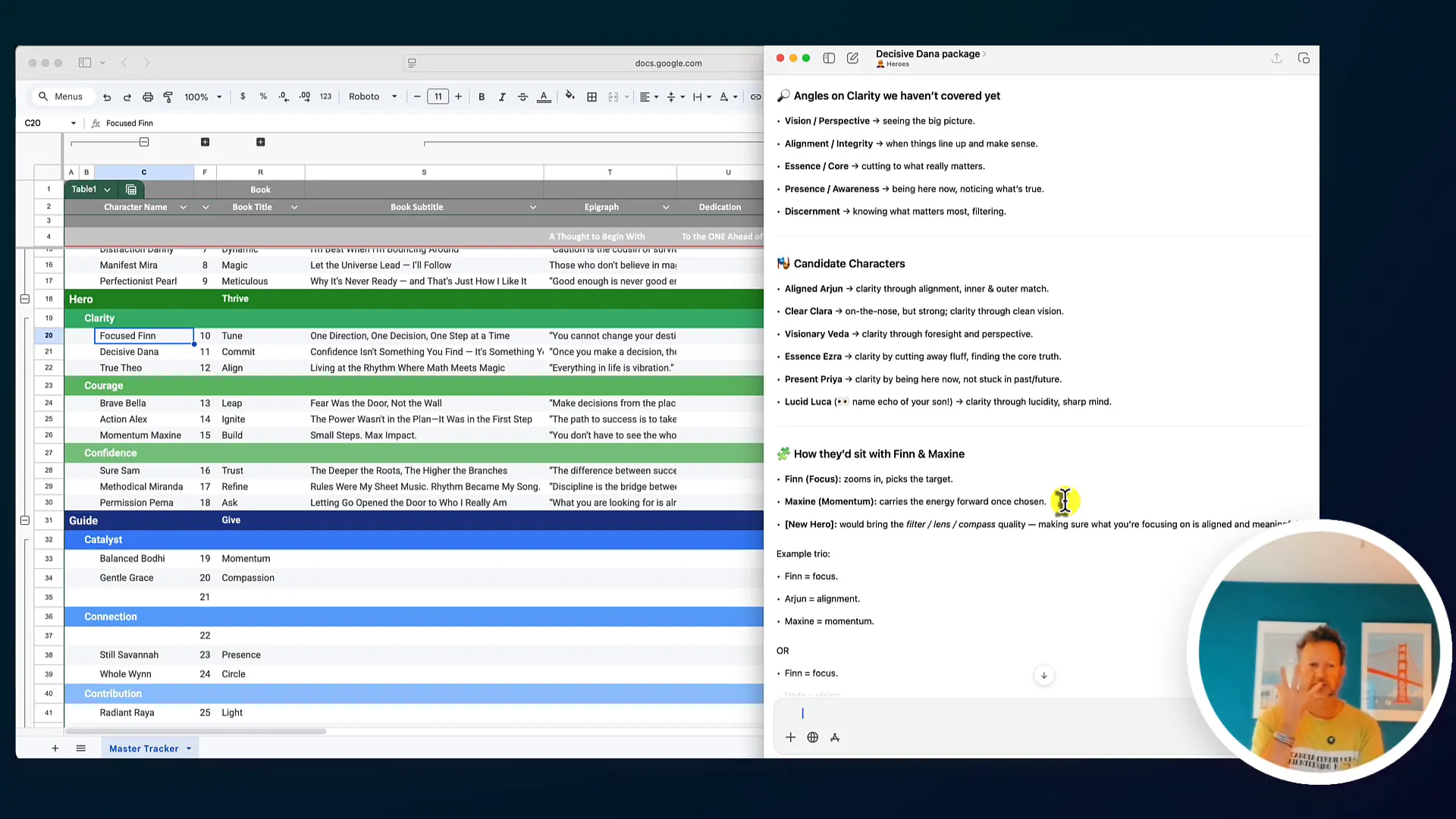
Why the confusion? Because decision-making is messy. You can have clarity (you know what to do) and still lack the courage to commit. Or you can feel courageous but be wildly unfocused. The characters help separate those experiences so you can see what's missing.
How I actually made a massive decision (my move to Europe)
Quick backstory: in 2016 I decided to move to Europe. I’d been running a small agency in the U.S., I was comfortable on paper, but I wasn’t living aligned with what I wanted. Identifying the villain voices I was listening to — Comparison Carl, Distraction Danny, Imposter Irene — helped me find my heroes: Focused Finn (I narrowed the goal), Brave Bella (I stepped forward), and True Theo (I trusted my gut).
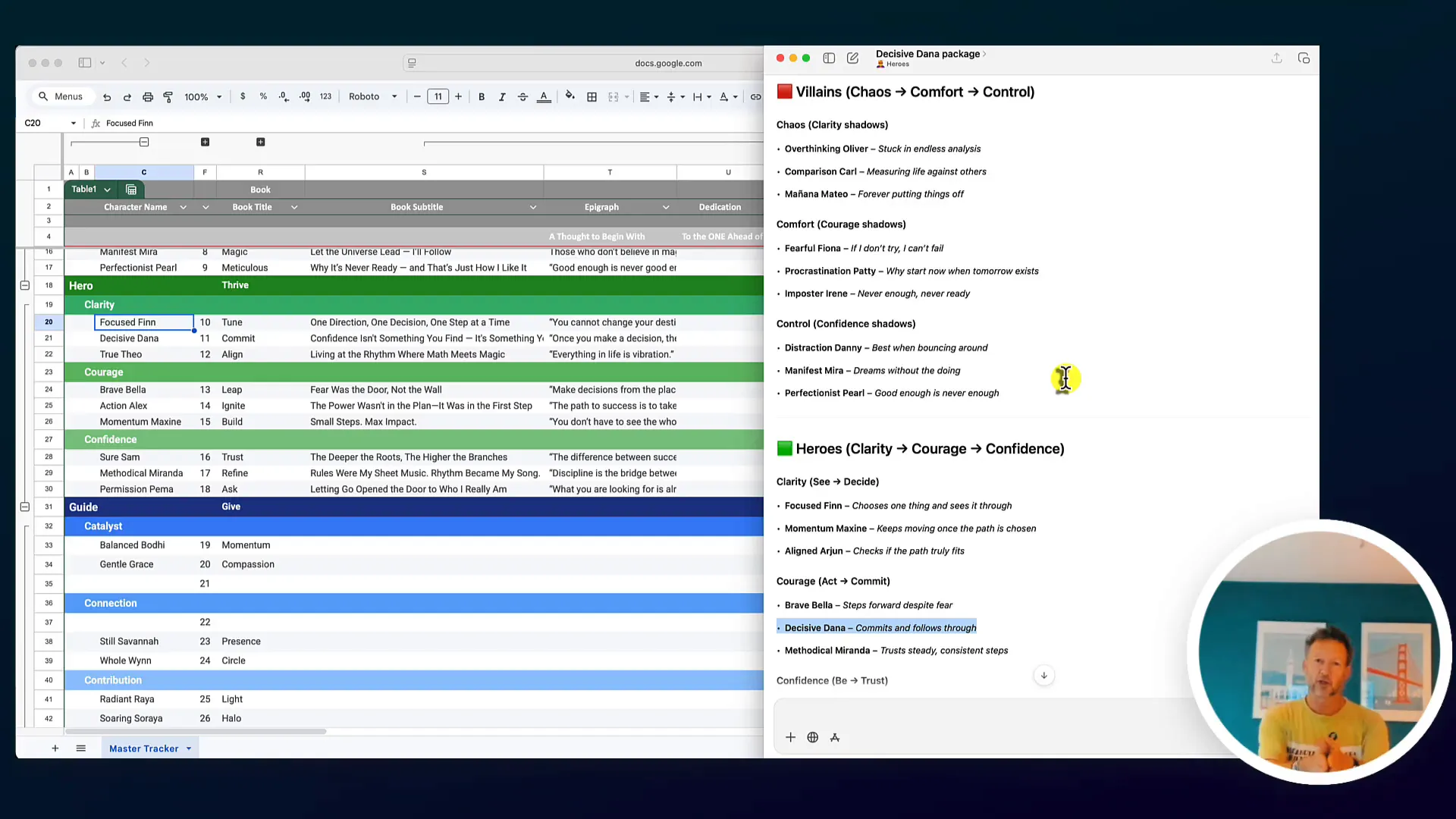
That decision didn’t happen purely from analysis. It was messy: clarity (I knew what I wanted), courage (I committed), and confidence (I trusted I could figure it out). Sometimes you get the clarity first; sometimes the courage; sometimes the confidence — the order isn’t strict. The trilogy simply guides the transformation.
How to use the 27-character system to make decisions
If you have a big choice coming, try this mini-process I used in the video session:
- Write down the decision you’re facing in one sentence.
- Identify which villain is most active on your shoulder. Are you comparing, procrastinating, overthinking, or distracting?
- Pick the hero that counters that villain (or the hero you admire). Do you need a Focused Finn or a Brave Bella?
- Name one small step your hero would take today. Make it tiny and specific.
- Check in with your guide-self: what would your Guide advise? (The guides come later in the project — they’re the long-term, wiser perspective.)
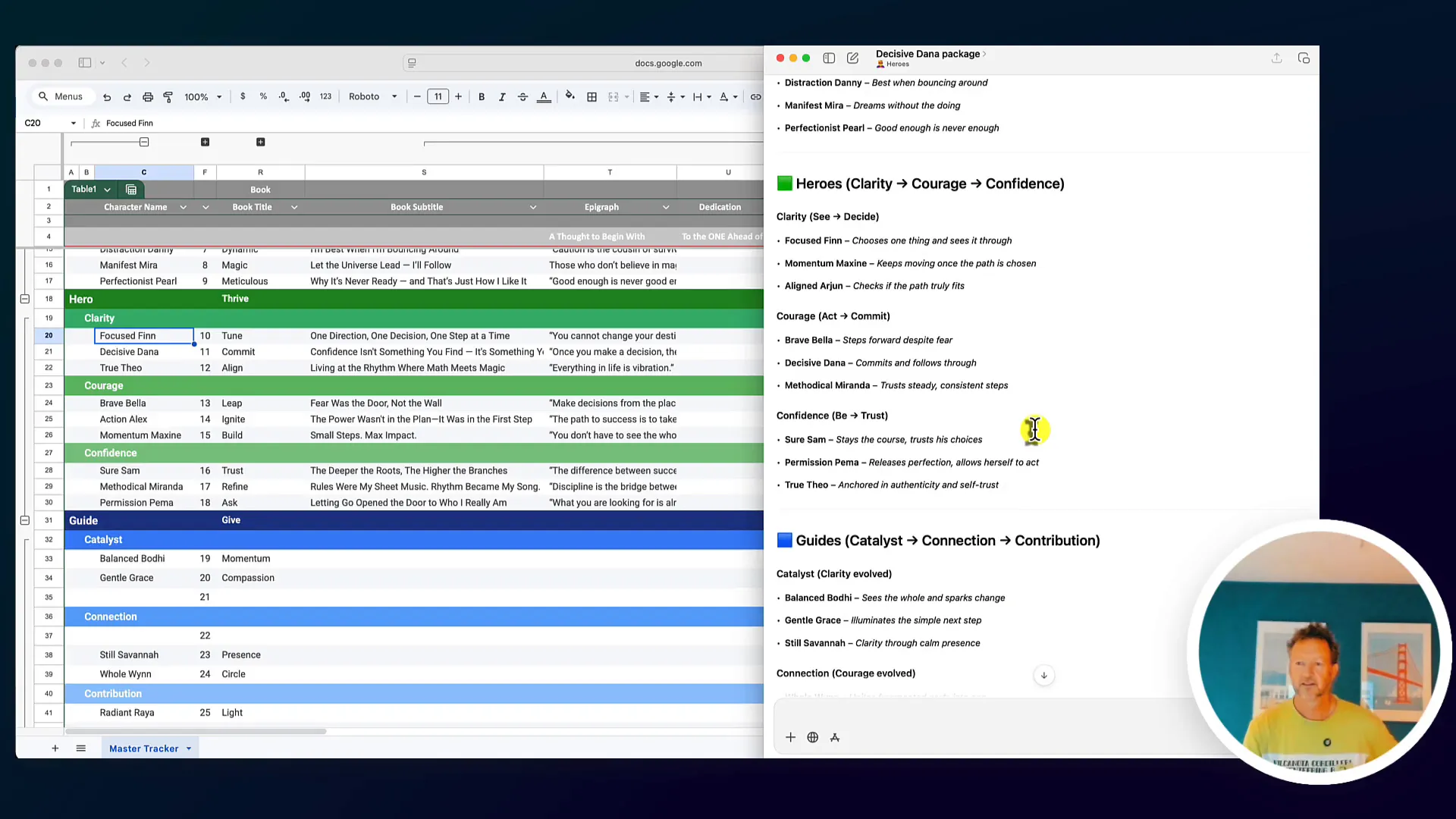
That’s the real power: naming the voice gives you distance from it. You stop being the villain; you simply notice the villain. Then you can choose a hero to act on your behalf.
What I learned during this early-morning session
- Talking things out (out loud) creates movement — I made progress just by narrating my confusion.
- Names matter. Vivid names like Visionary Violet or Focused Finn carry emotional weight and make the archetype easy to recall.
- Pairings between villain/hero should feel authentic — don’t force mechanical matches if the human nuance is lost.
- We are all multiple characters at once. The aim is not perfection: it’s awareness and choice.
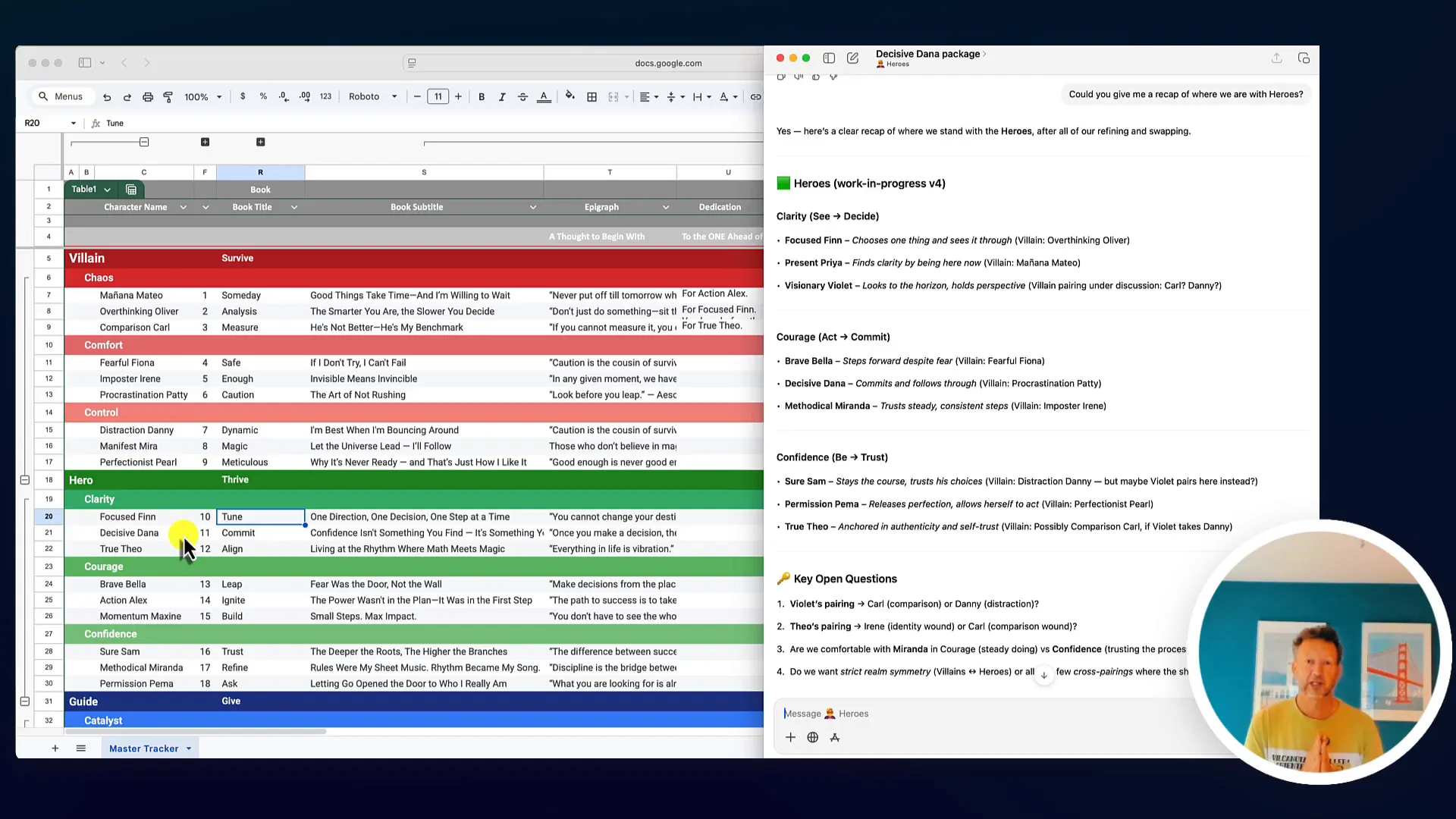
Invitation: interviews and collaboration
I’m planning to interview at least 27 people who strongly identify with one of the villains or heroes — real stories of the voices that held them back and the ones that helped them forward. If you see yourself as Overthinking Oliver or Brave Bella and want to be part of the series, I want to talk to you.
And I want your feedback: Do you prefer the trio phrasing survive, strive, thrive or survive, thrive, give? (Yes — I like rhymes, but I’m also in love with the word give — it’s central to the bigger message of meaning and contribution.)
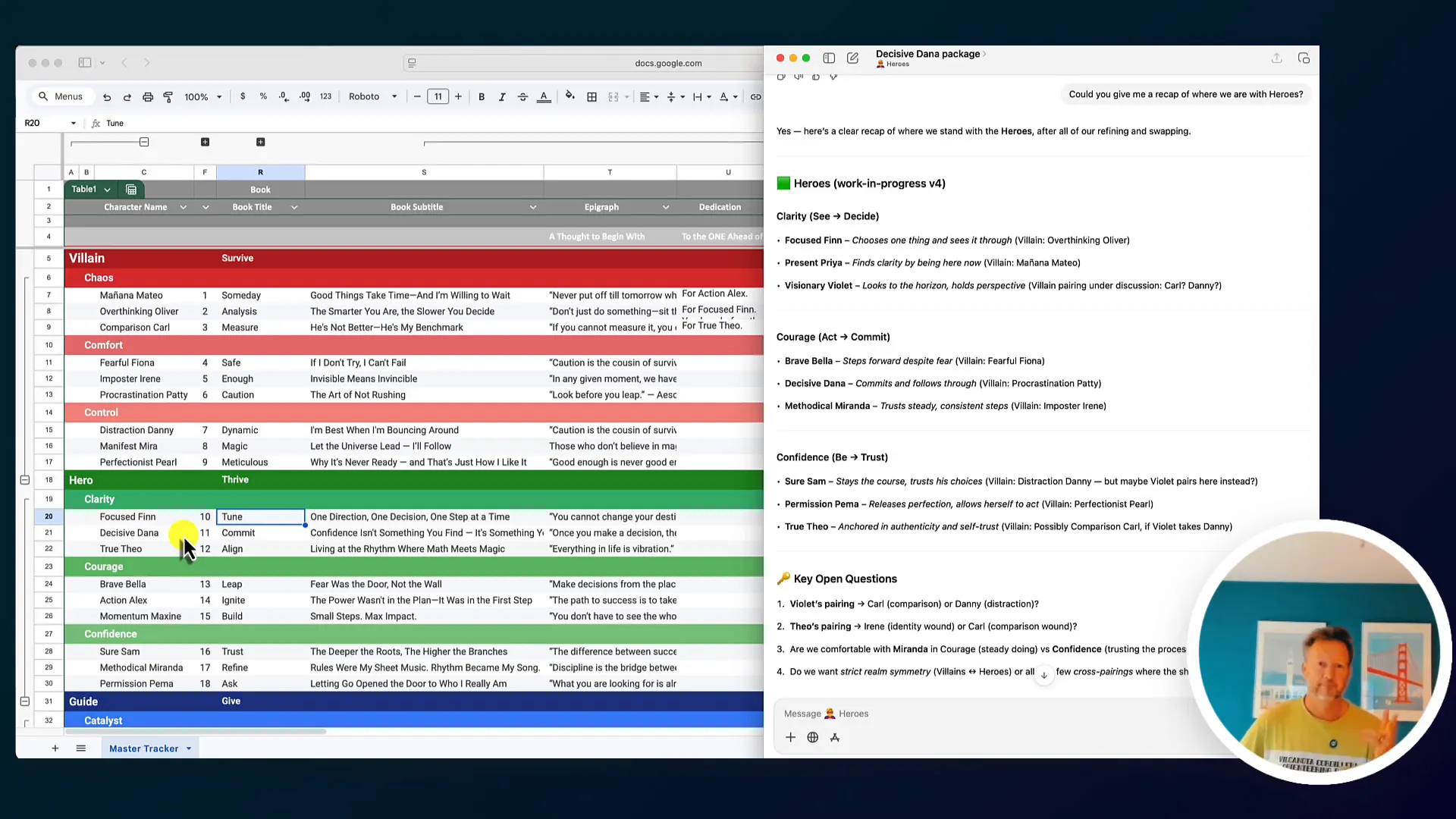
Practical checklist: One-week clarity sprint
- Day 1: Identify your dominant villain and write its behavior for 10 minutes.
- Day 2: Choose a hero counter and list three tiny actions that hero would take.
- Day 3: Try one hero action for 20 minutes. Record what changed.
- Day 4: Notice internal resistance. Name it (villain) and observe it without judgment.
- Day 5: Adjust the actions and repeat.
- Day 6: Invite feedback — tell one person what you’re doing and why.
- Day 7: Reflect: did clarity grow? Did courage show up? What next step do you commit to?
FAQ
Which villain is most common?
It depends on the person and situation. In my work I see a lot of Comparison Carl and Overthinking Oliver when people are facing new identity decisions (career change, relocation). Distraction Danny is common when energy is high but direction is low.
Can one person be multiple villains at once?
Absolutely. Characters are not fixed labels; they’re lenses to spot patterns. You might be Comparison Carl about money, Distraction Danny about creative work, and Brave Bella in parenting — all in the same week.
Is clarity just rational thinking?
No. Clarity can come from the mind (Focused Finn), from presence (Present Priya), or from vision (Visionary Violet). Each gives a different kind of clarity: narrow focus, being present, or seeing the horizon.
How do I know if I should commit (be the pig) or keep testing (chicken)?
There’s rarely a perfect rule. Ask: What’s the smallest meaningful commitment I can make that will test the outcome without killing the whole thing? Commit to that. The pig metaphor is useful to remind yourself that full commitment carries cost; choose the level of commitment you can live with.
How can I contribute to your project?
If you resonate with one of the characters and want to be interviewed or share your story, reach out where you found this post and tell me which character you are. I’m interviewing people who can speak honestly about how villains and heroes showed up in their big decisions.
Conclusion — a short, messy encouragement
If you’re facing a big decision, don’t try to be perfect about it. Name the noisy voice, pick a hero, and take one small step. Talk it out — aloud if you can. I did this at 6:30 a.m., stumbling through names and pairings, and just by talking it through I made progress. You can too.
If you haven’t heard it yet today: I love you. Leave a comment, tell me which villain or hero you are, and let’s keep building this together.
Who Is Your Villain? |
|
We all have internal Villains, Heroes, and Guides. |
| Meet Your Villain |